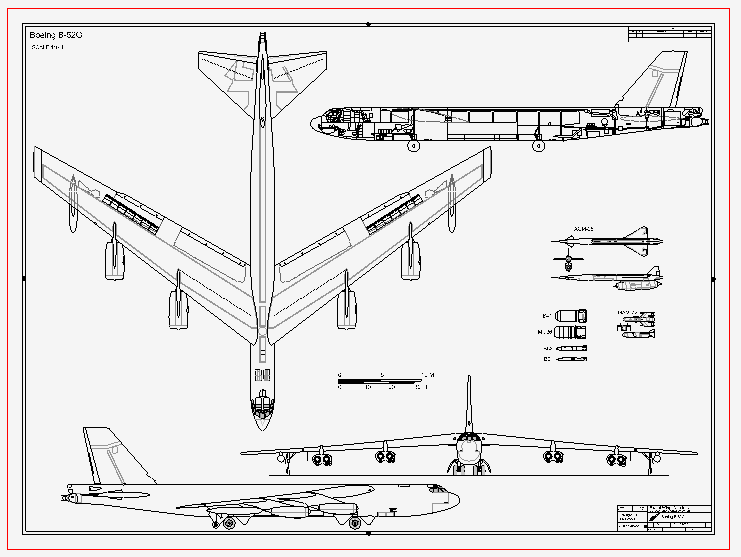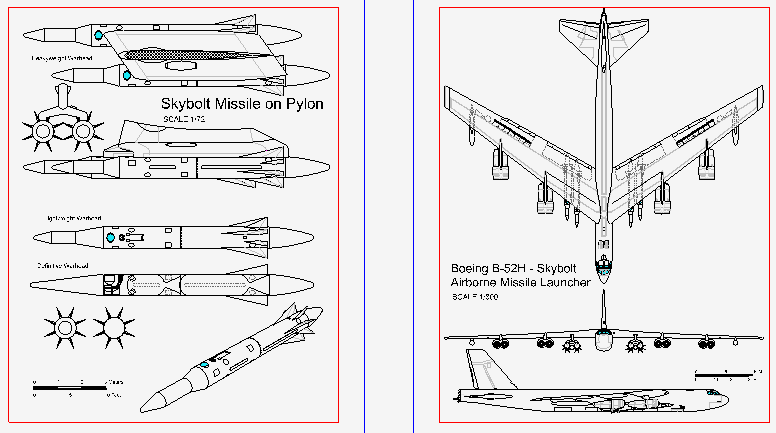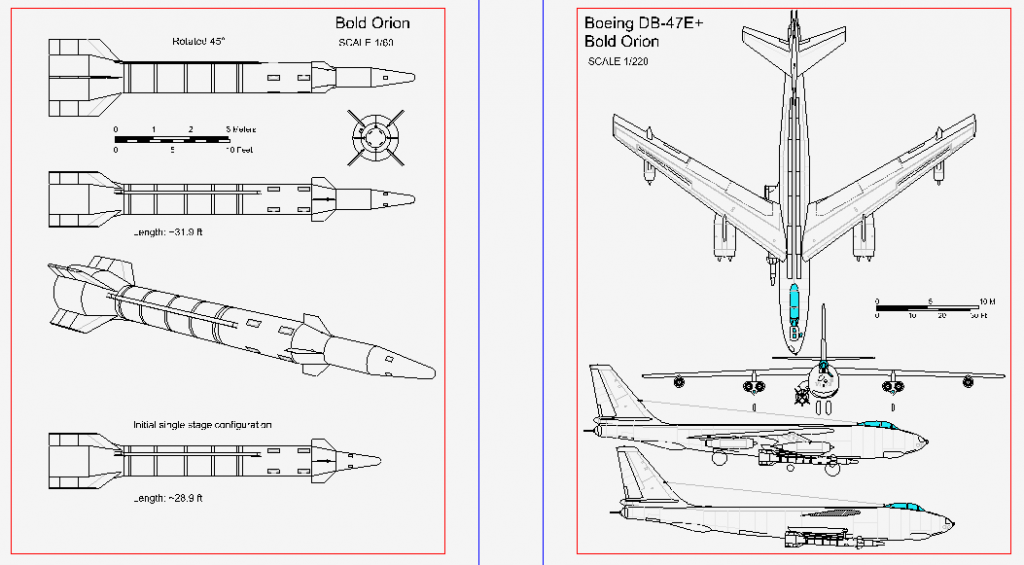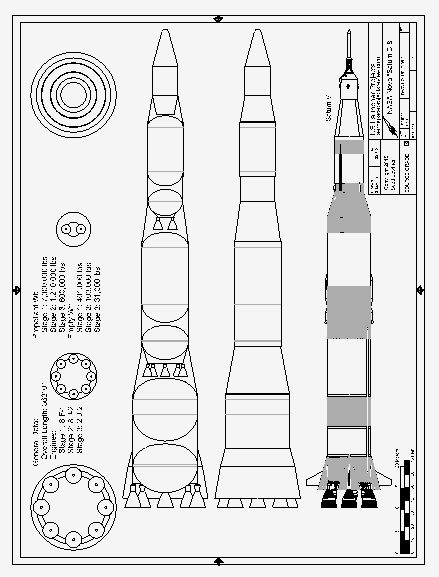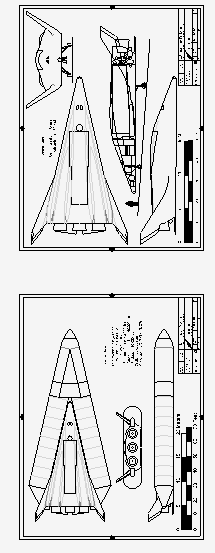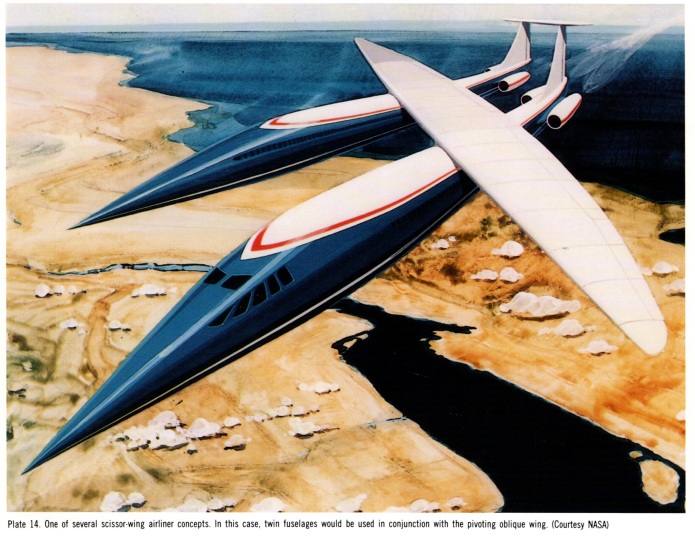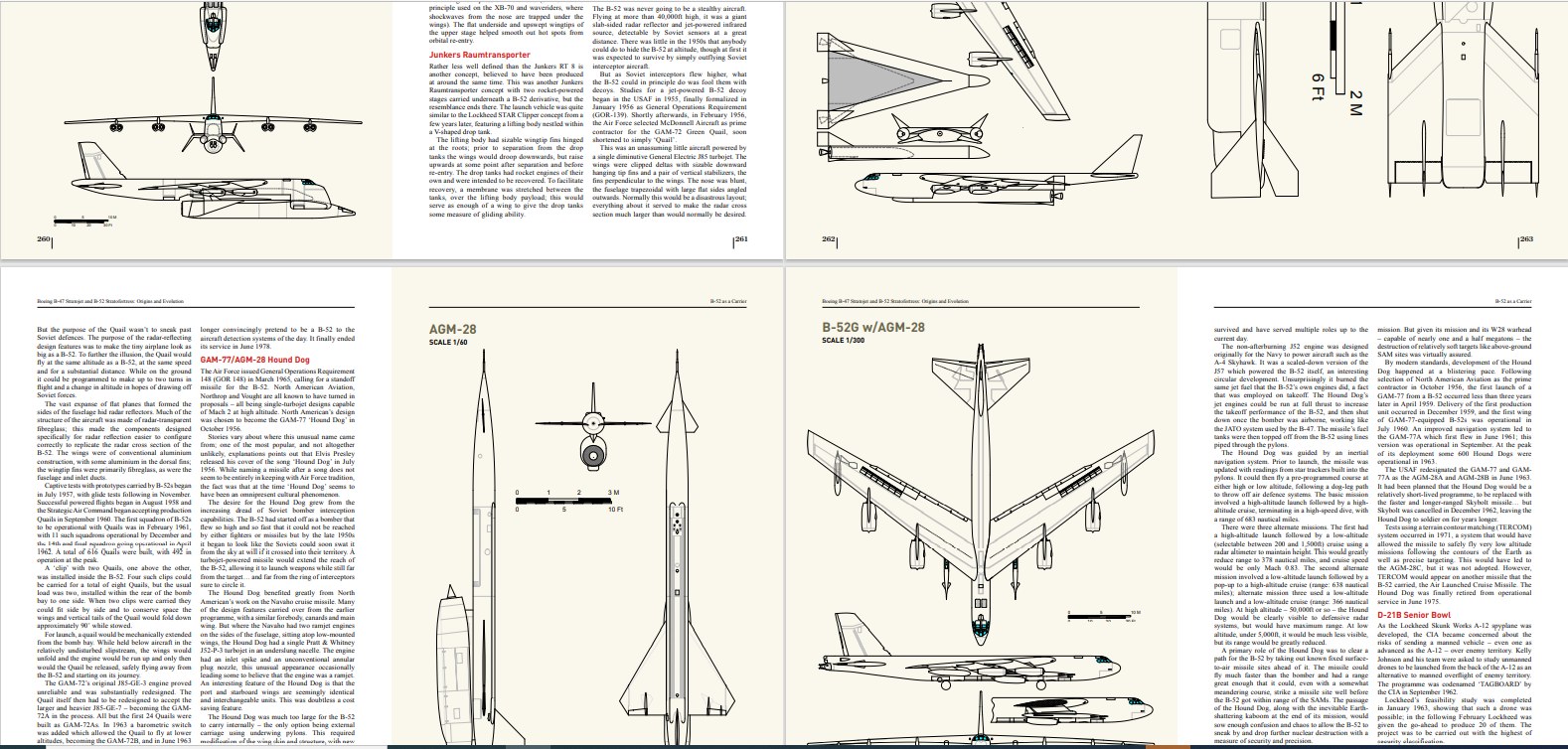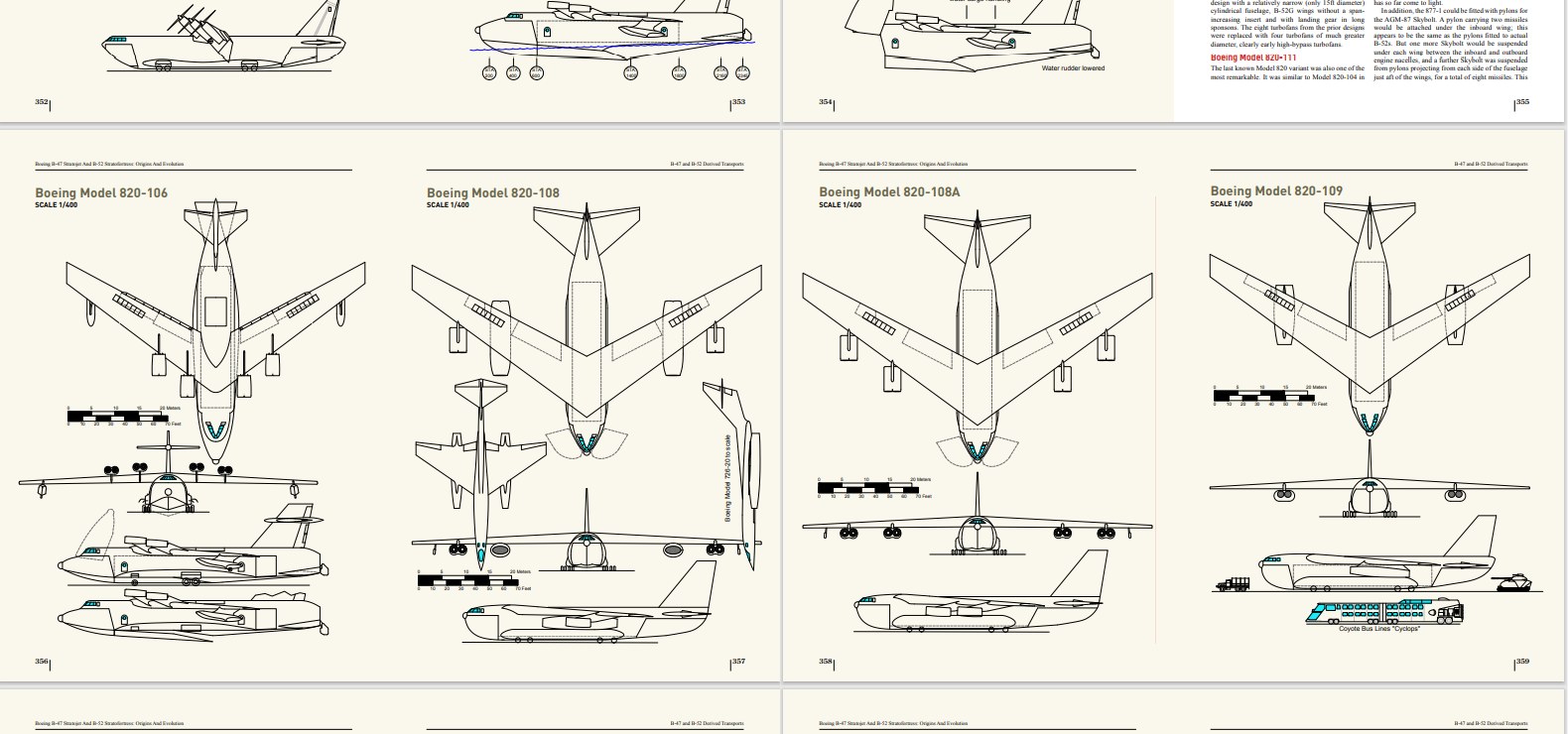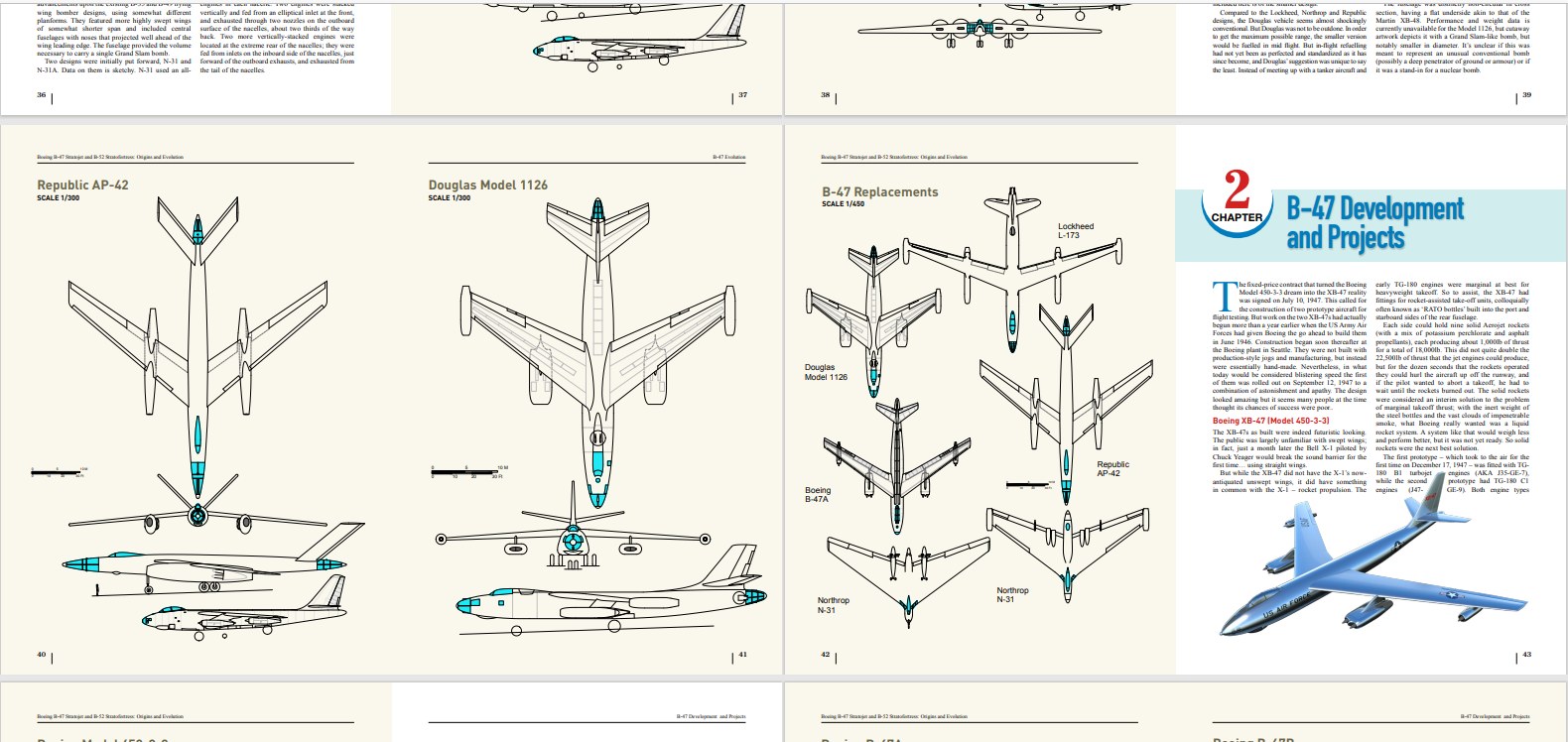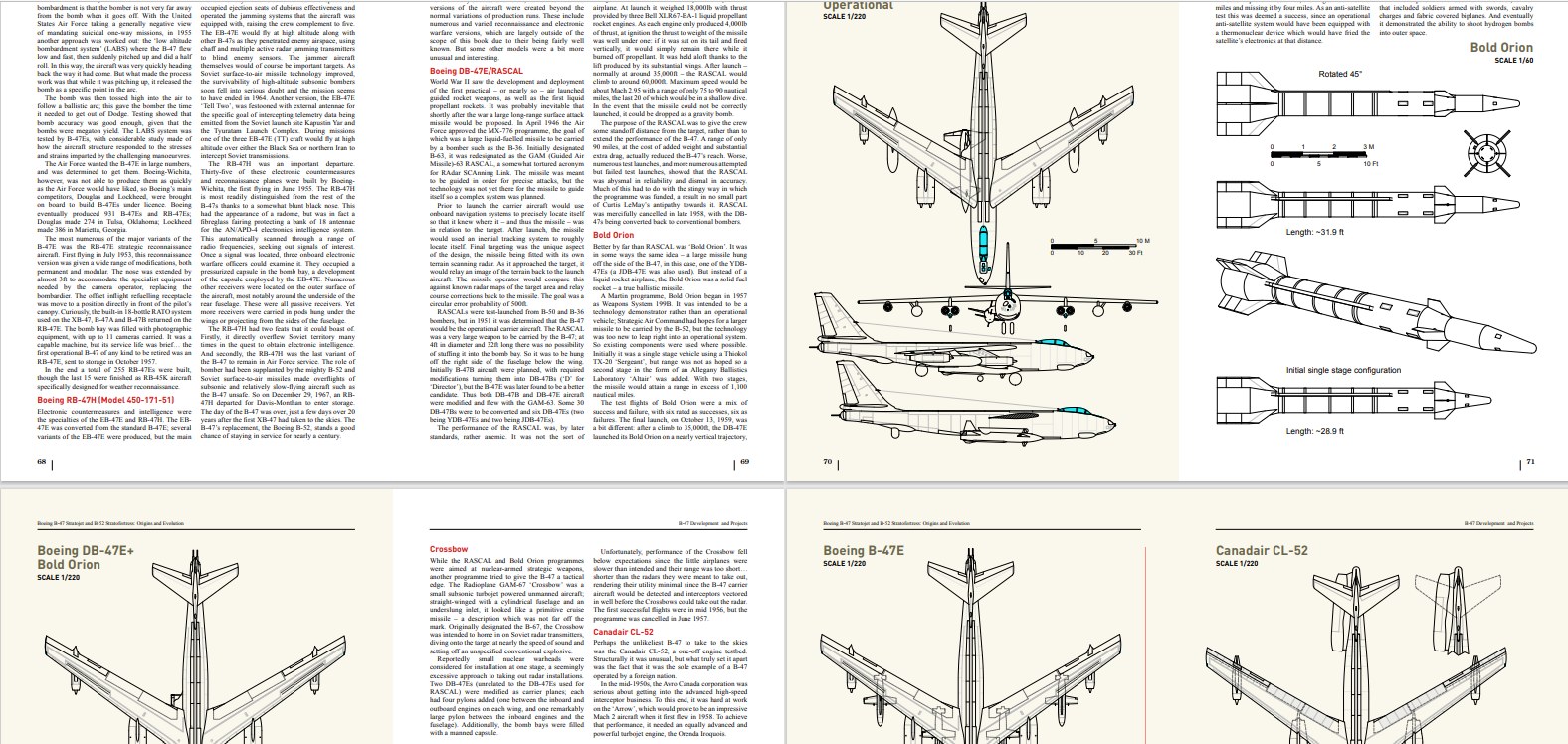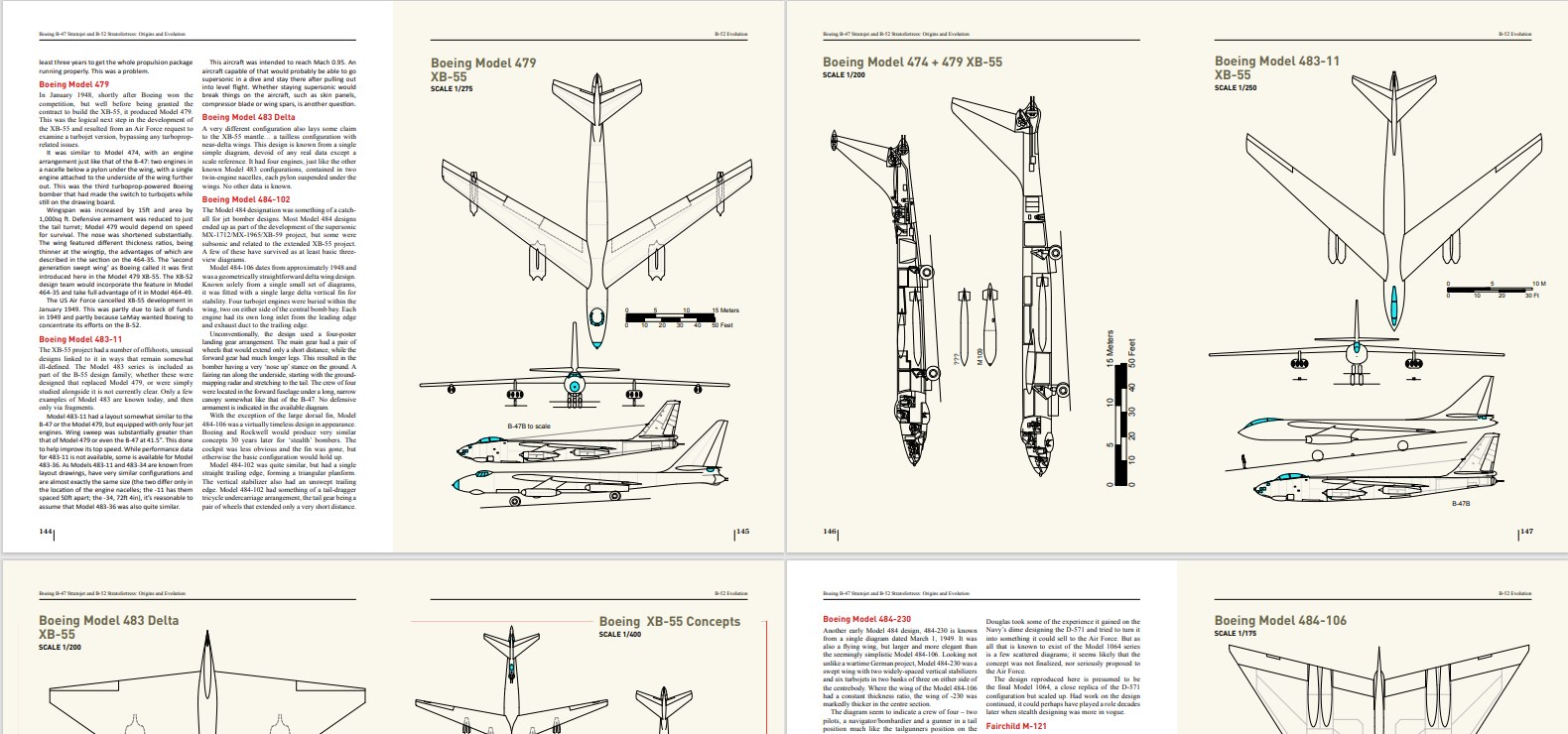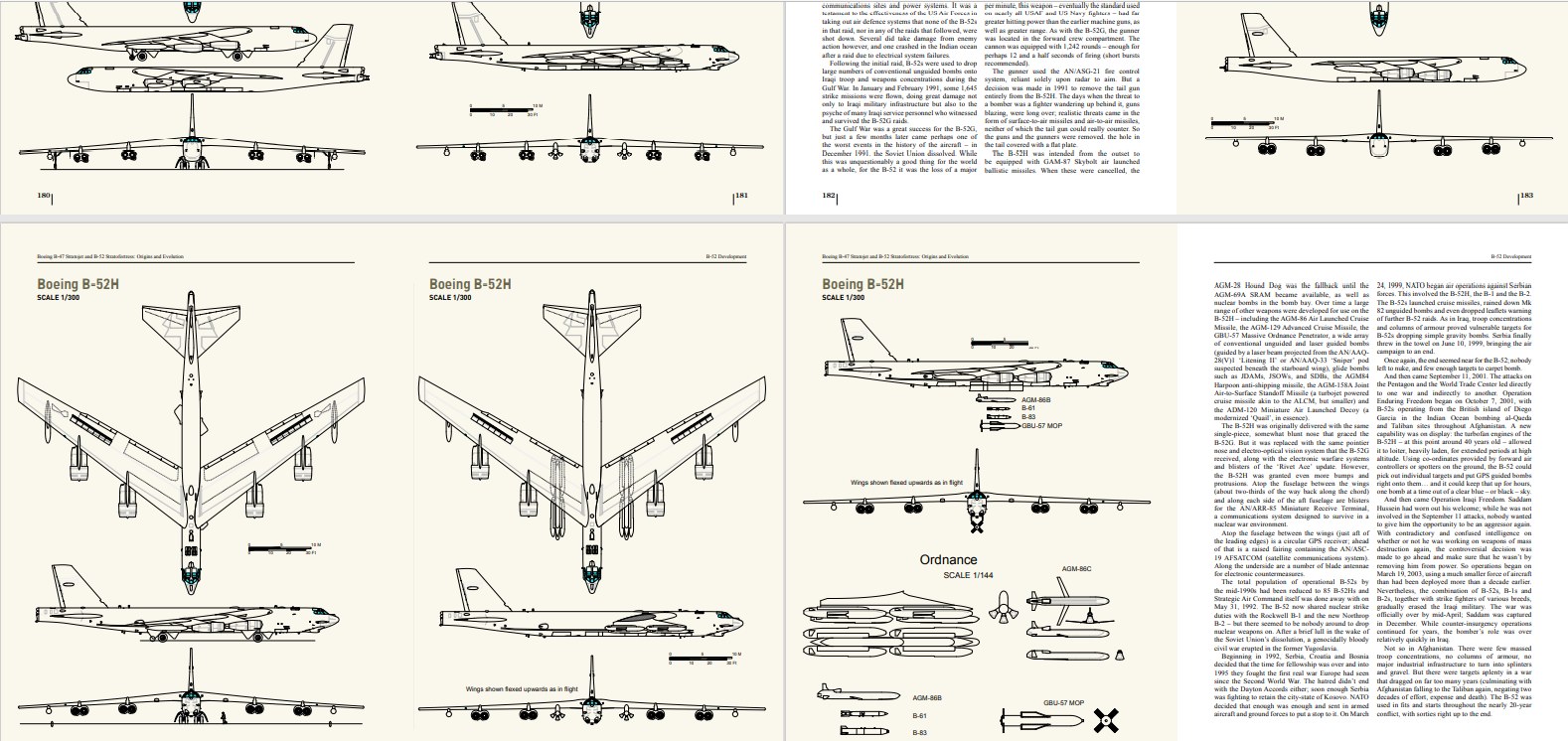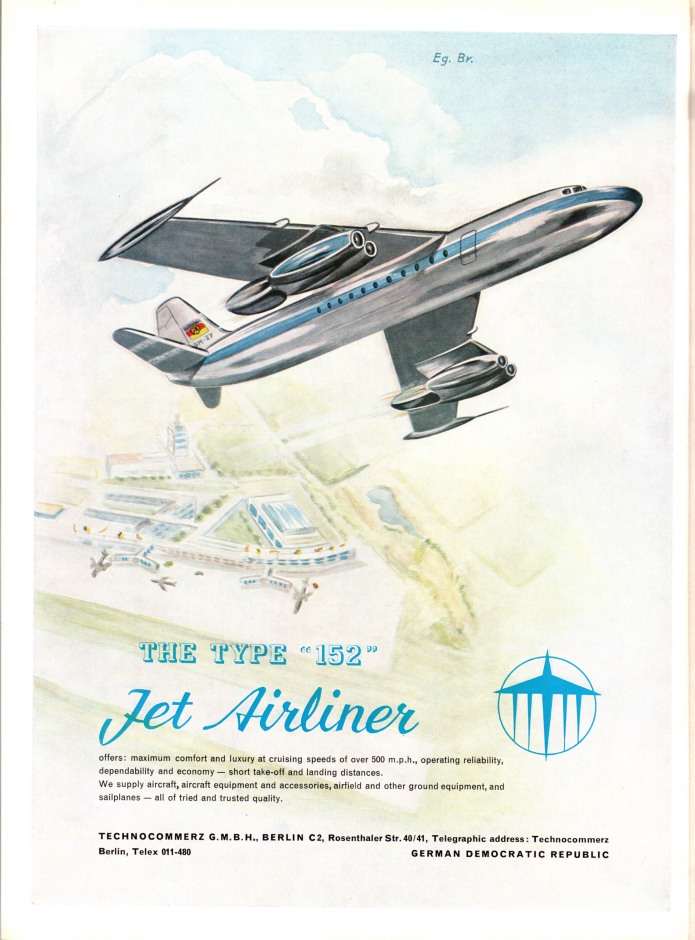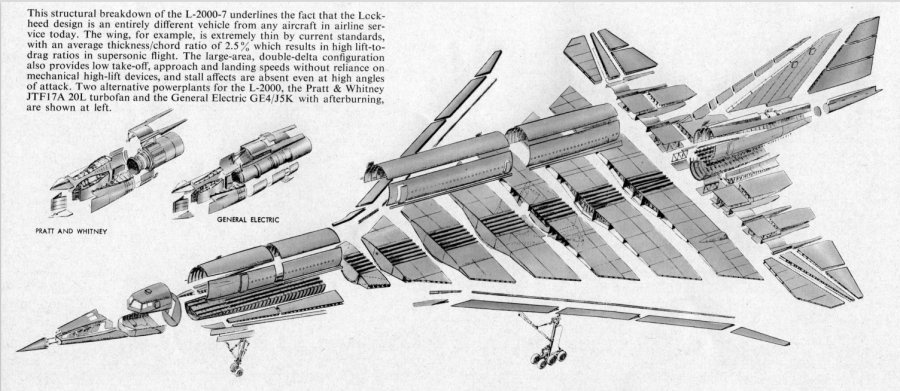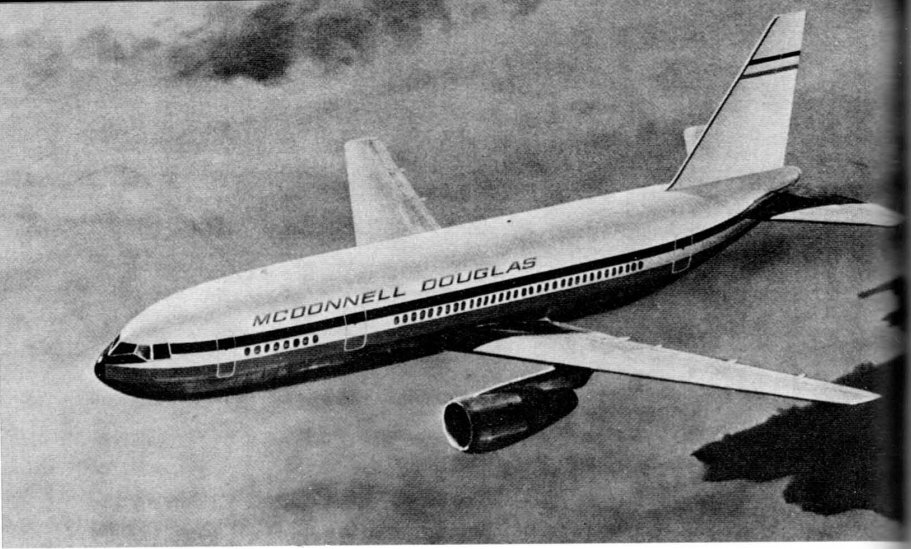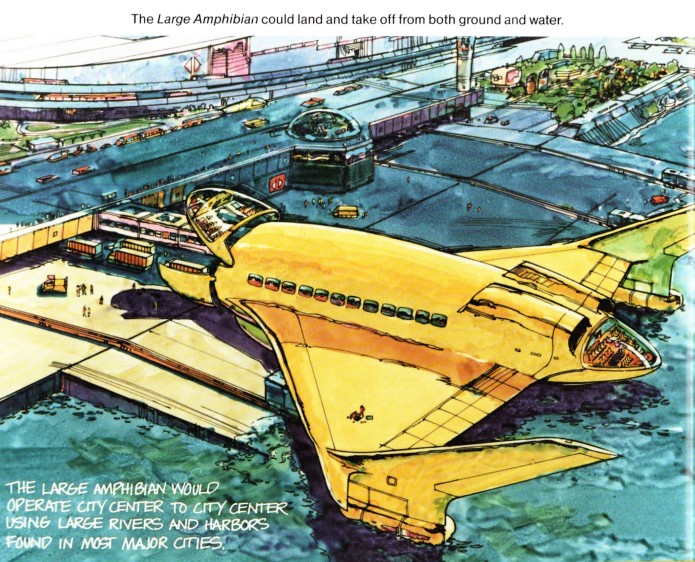Yeesh, I am *terrible* at advertising. Just realized I missed reporting on *several* months worth of rewards packages for APR patrons and Monthly Historical Documents program subscribers.
December 2021 rewards:
Document: “B-52G Advanced Configuration Mockup inspection,” Boeing presentation on the design of the then-new B-52G configuration
Document: “Performance Potential Hydrogen Fueled, Airbreathing Cruise Aircraft, Final report, Volume I, Summary” 1966 Convair report on hydrogen fueled hypersonic jetliners
Document: “Integral Launch and Reentry Logistics System” late-60’s Space Division of North American Rockwell presentation on very early Space Shuttle-type systems
Art: Large format McDonnell Douglas DC-10 cutaway
CAD Diagram: Convair MA-1 pod for B-58
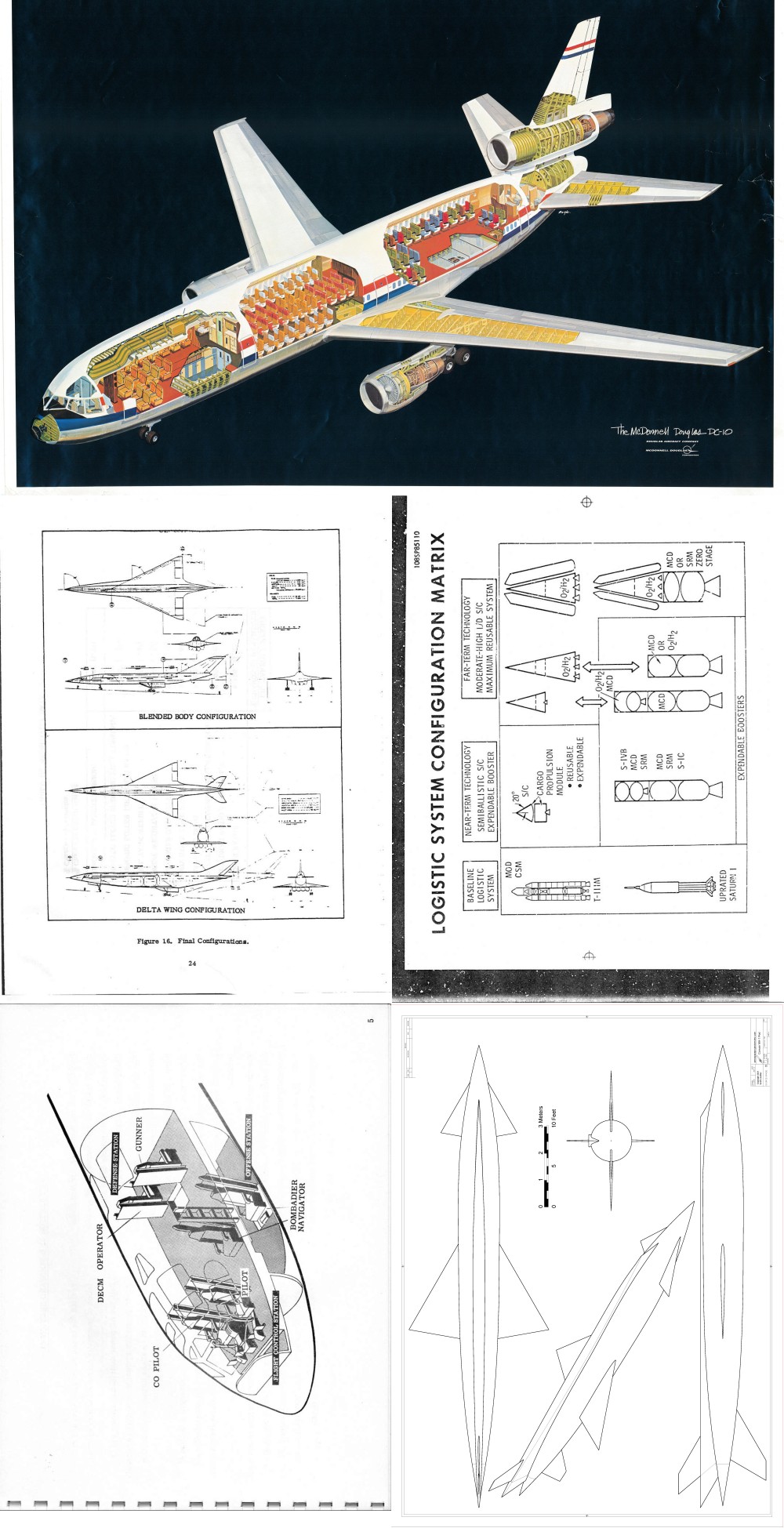
January 2022 rewards:
Document: “The Configuration of the European Spaceplane Hermes,” 1990 conference paper on the unbuilt French spaceplane
Document: “Space Rescue Charts,” 1965 USAF presentation charts describing space “life rafts” and shelters
Document: Two nuclear-powered car brochures… Ford “Gyron” and Ford “Seattle-ite XXI”
Diagram: “AGM28 Hound Dog Missile,” North American Aviation informational graphic
CAD Diagram: Boeing MX-1965 missile
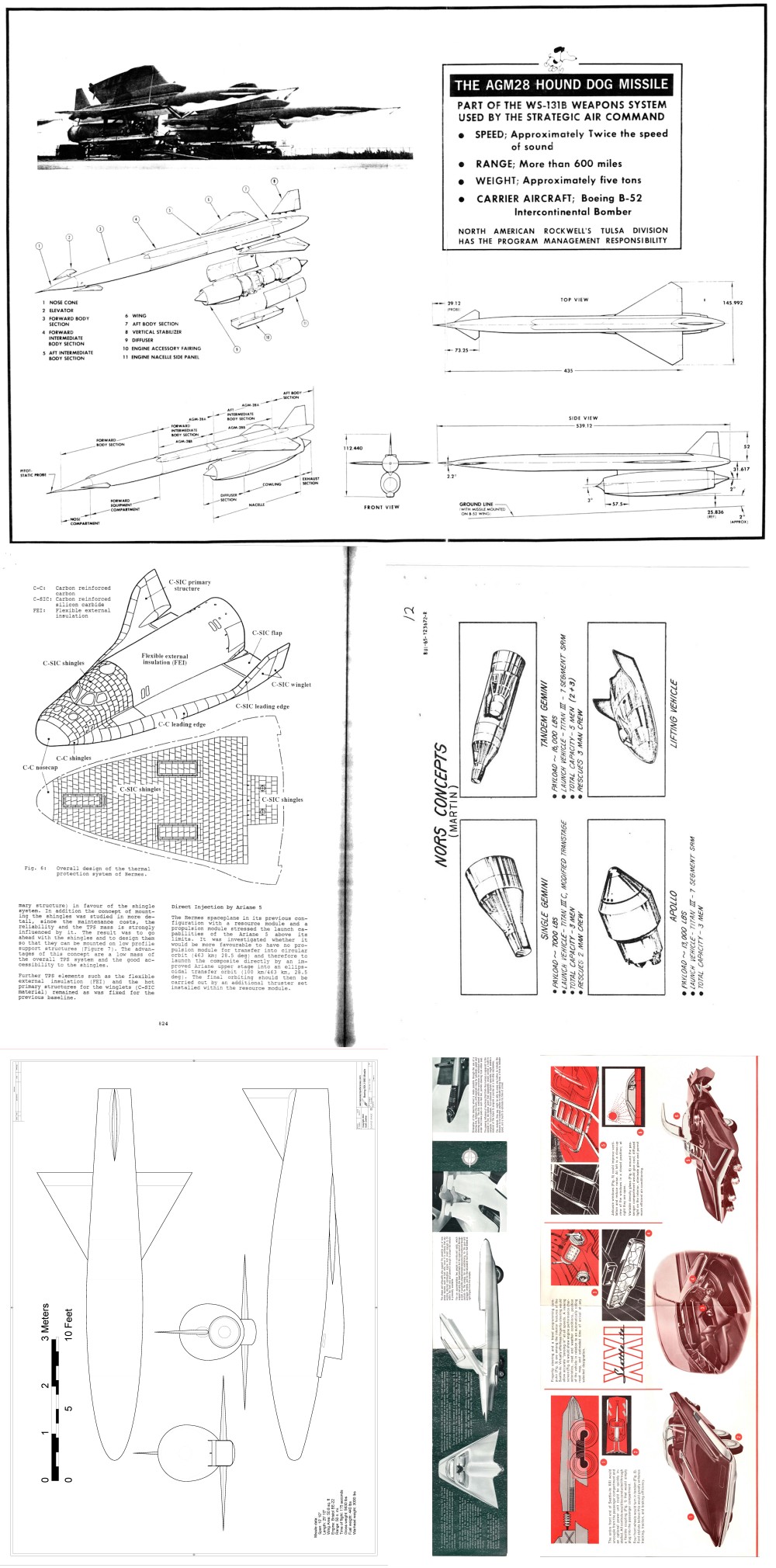
February 2022 Rewards:
Diagram: Boeing 720-022 model diagram, United Airlines configuration
Document: Aerojet Ordnance Company brochure, describes aircraft ammo
Document: “The Nova (Liquid) Vehicle a Preliminary Project Development Plan,” October 1961 NASA-MSFC report on facilities planning for the “Saturn C-8” configuration of the Nova vehicle
Document: “Ground Handling Equipment and Procedures for a X-15 Research Aircraft Project 1226,” 1955 North American Aviation report on the early B-36-launched design for the X-15
CAD Diagram: F-111 Escape capsule
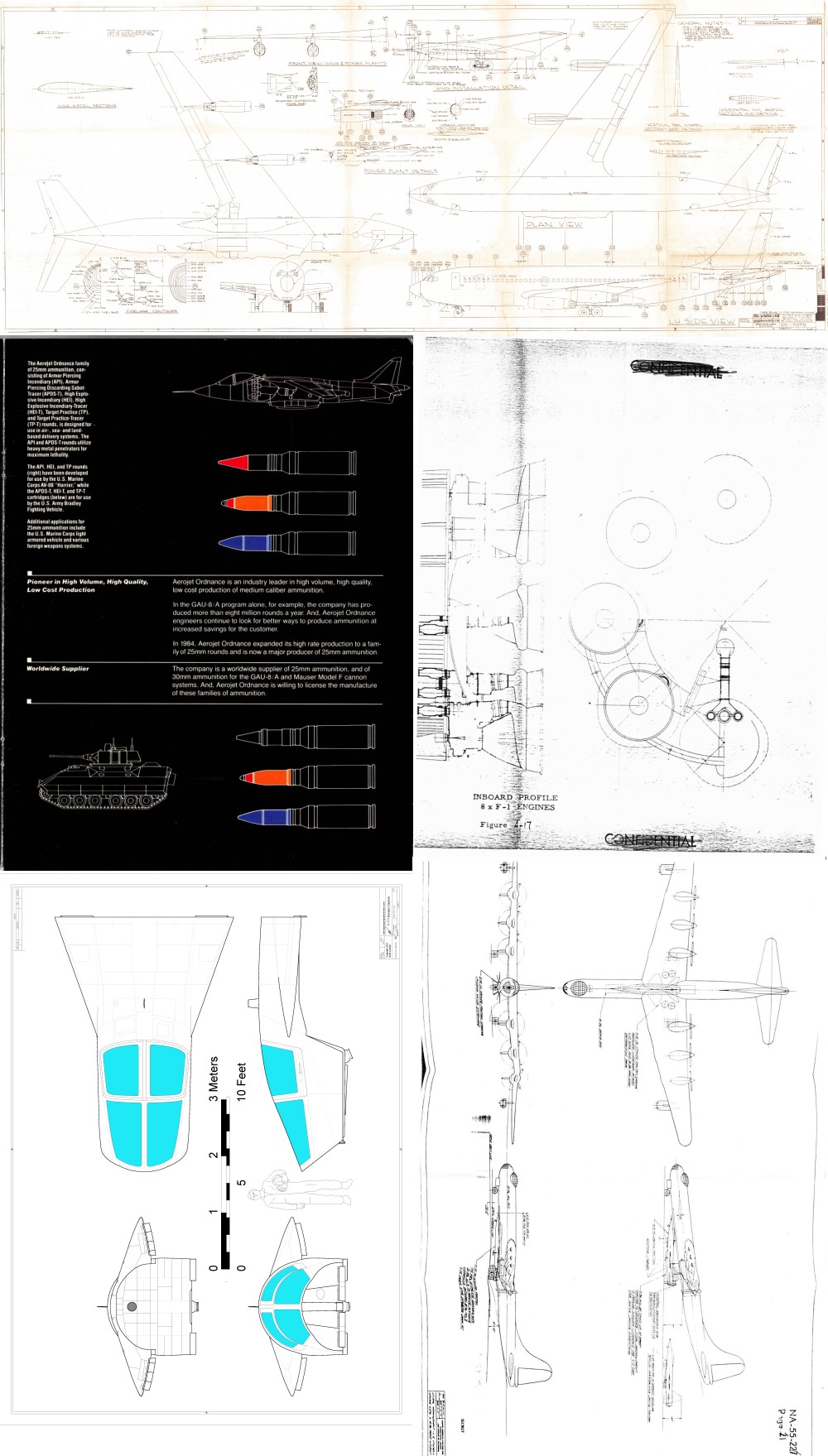
If you would like to help fund the acquisition and preservation of such things, along with getting high quality scans for yourself, please consider signing on either for the APR Patreon or the APR Monthly Historical Documents Program. Back issues are available for purchase by patrons and subscribers.












